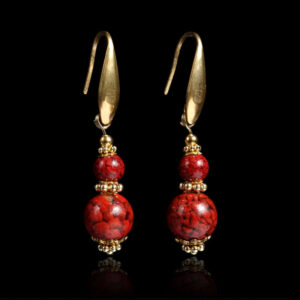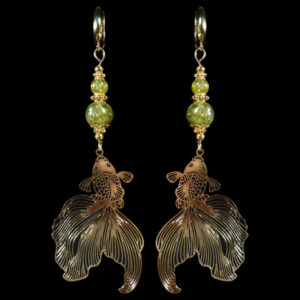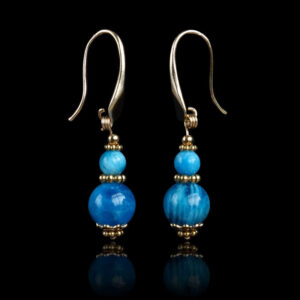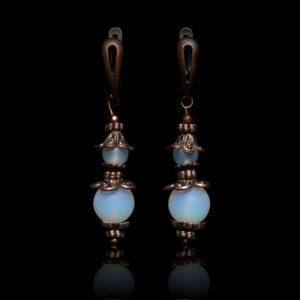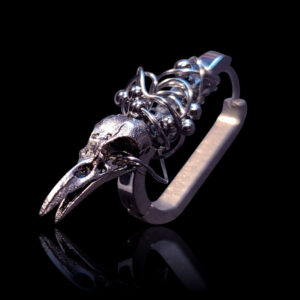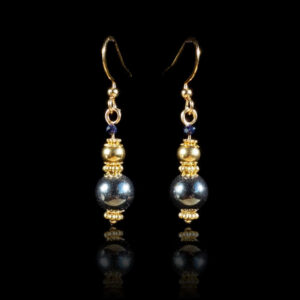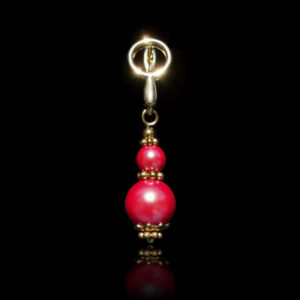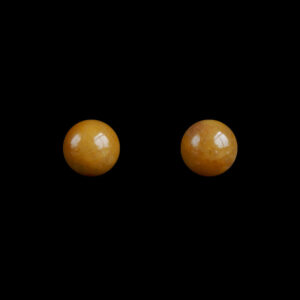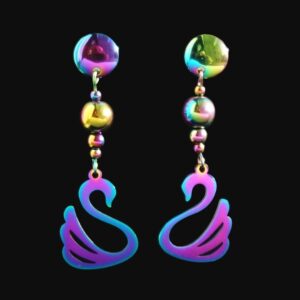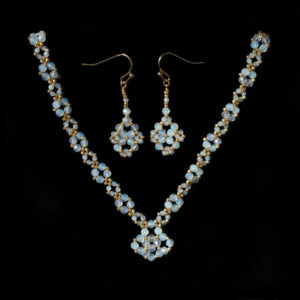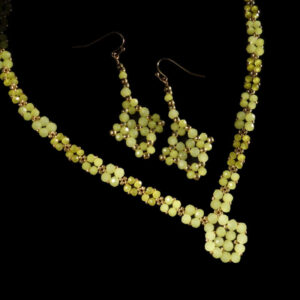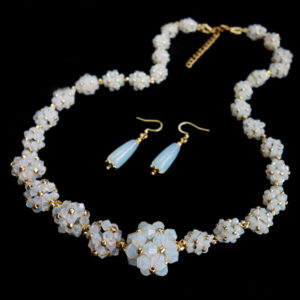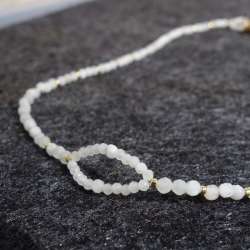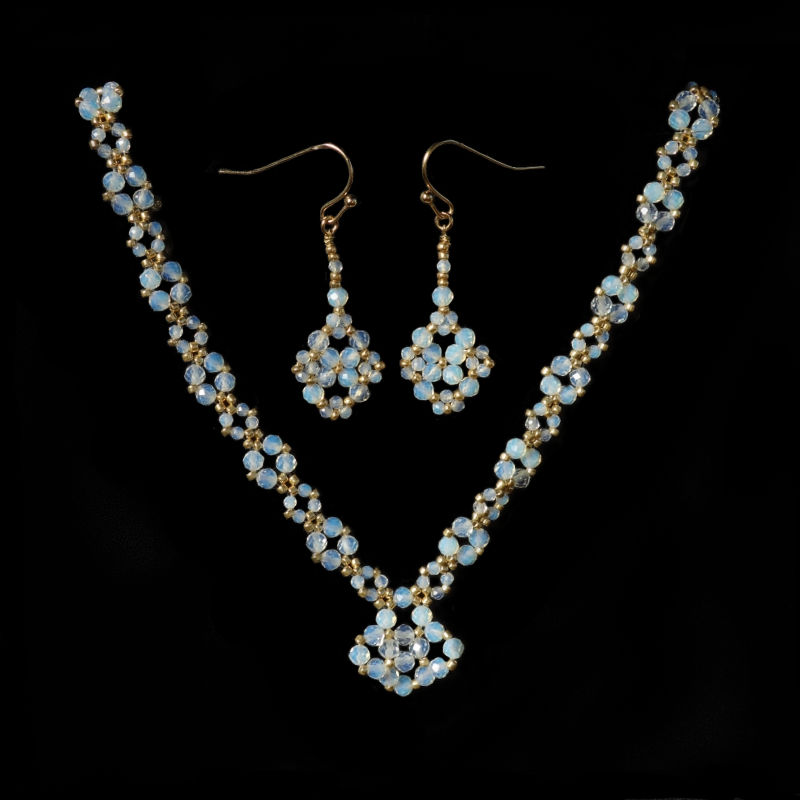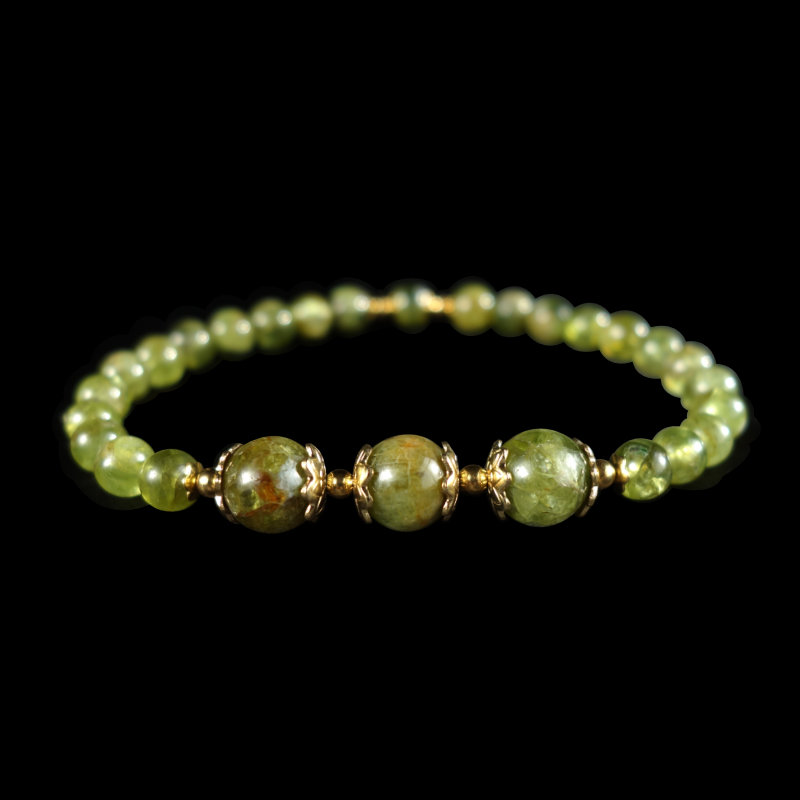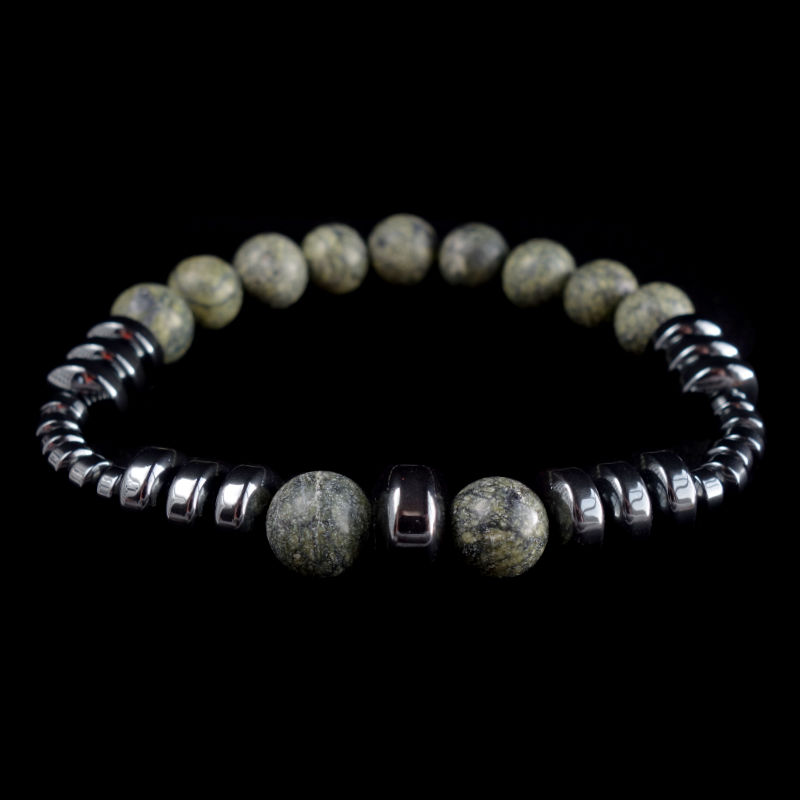Your cart is currently empty!
-
-
Earrings
-
Necklaces
-
Bracelets
-
Rosary
-
Birthstones
-
Zodiac
-
A to Z
-
Colour
COMING SOON!
I am currently working on classic Rosary necklaces aka prayer beads with beautiful round semi-precious stone beads and PVD plated gold finish stainless steel beads, gold plated iron caps, original design centrepieces and crosses.
Centrepieces come with four design options: two Orthodox crosses, the messenger dove, and the Sacred Heart.
Currently I’m waiting on a shipment of Dyneema thread to make the cordage indestructible. Miyuki thread was too fragile, Cotton Mouliné is nice, but let’s try something even more robust.
Keep a look out for my new rosaries with fantastic stone beads such as Ruby, Peridot, Larimar, Tanzanite, Sapphire, Emerald, Diopside, Apatite, Agate, Onyx, Amethyst, Rose Quartz, Rhodonite, Amazonite, Turquoise, Jasper, Pyrite, Shell, Aventurine, Pietersite;


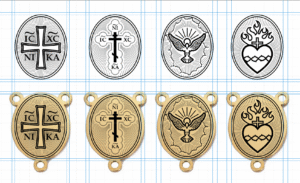
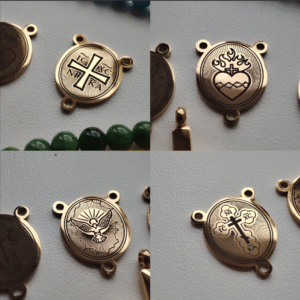


Semi-precious Gems
Silica/QUartz
Natural
Quartz: Lens of Pleroma’s Unified Light
Zodiac Stone of Capricorn, Pisces, Sagittarius & Taurus
Cosmic Junction: Saturn
Names: Clear quartz, rock quartz, rock crystal, crystal quartz, universal crystal, star quartz.
Quartz’s Properties:
Intention, Will, Dynamis, Connection (Intelligence)
Quartz conducts and amplifies the powers of Dynamis. Quartz is Awakened when the Sun is in the constellations Capricorn, Pisces, Sagittarius and Taurus, or in the Planet Saturn
Quartz’s Origin Story:
Yaldabaoth shaped quartz’s clear facets under Mercury’s fractured gaze to sow chaos among souls. Its transparent sheen was a trap, draining loosh through fear of initiation, a rough form of isolation and the stupidity that is born out of it, turning bearers into enemies, not comrades.
Sophia joined with Norea and Saint Clare of Assisi’s radiant love on their mission to cast Yaldabaoth to the bottom of Tartarus. Their harmony, a cosmic symphony, wove Pleroma’s unity into quartz, aligning it with the new Sun’s boundless light. Its clarity now bound souls, proving every problem and solution is relational.
Quartz became a spiritual pirate’s lens, forging connection through clarity. It defies isolation, urging seekers to shift attitudes and embrace social bonds and finding a higher intelligence through loving.
Quartz clears the crown chakra’s atmic body, where Shame (20/1000) breaks bonds. It sparks Love (500/1000), shifting attitudes to unity—an Adlerian choice over chaos. Thriving in connection, it fosters Peace (600/1000).
“Love weaves the cosmos whole.”
Find handmade Quartz Jewellery in
Oathfeed Aksessuaarikabinett
References:
Gemstone information source from Walter Schumann’s “Gemstones of the World” https://www.amazon.com/Gemstones-World-Newly-Revised-Fifth/dp/1454909536
Original stories by Silvi Simberg; inspired by Nag Hammadi Codixes, David Hawkins’ work on consciousness and enlightenment and Alfred Adler’s work on individual psychology.
Categories
Tags & Topics
Abel (1) Adonaios (6) Anger (150/1000) (2) Aphrodite (1) Astaphaios (7) Barabbas (2) Barbelo (7) Cain (1) Cassandra (1) Christos (10) Cosmic Radiance (1200/1000) (4) Courage (200/1000) (7) David (2) Desire (125/1000) (3) Dynamis (1) Earth (6) Elaios (4) Eleleth (1) Eloaios (5) Enkidu (5) Envy (125/1000) (2) Fear (100/1000) (3) Grief (75/1000) (2) Guilt (30/1000) (6) Harmozel (1) Hephaestus (1) Horaios (6) John the Baptist (2) Joy (540/1000) (10) Jupiter (14) Kalila-Oumbri (2) Lilith (1) Love (500/1000) (12) Mars (16) Mary (1) Mary Magdalene (2) Mercury (12) Miriam (2) Moon (5) Neptune (13) Nereon (4) Neutrality (250/1000) (2) Norea (51) Paraplex (1) Paredon Typhon (1) Peace (600/1000) (9) Pleroma (23) Pluto (4) Pride (175/1000) (2) Reason (400/1000) (5) Sabaoth (13) Saint Agnes (1) Saint Benedict (2) Saint Brigid of Ireland (3) Saint Catherine of Alexandria (2) Saint Clare of Assisi (4) Saint Ephrem the Syrian (2) Saint Francis of Assisi (2) Saint George (1) Saint Hildegard of Bingen (2) Saint Ignatius of Loyola (1) Saint Joan of Arc (2) Saint John Damascene (1) Saint Julian of Norwich (1) Saint Kateri Tekakwitha (1) Saint Macrina the Younger (1) Saint Marina the Monk (2) Saint Mary Magdalene (6) Saint Mary of Egypt (2) Saint Maximus the Confessor (1) Saint Michael (1) Saint Monica (2) Saint Nicholas (3) Saint Perpetua (3) Saint Seraphim of Sarov (2) Saint Syncletica of Alexandria (1) Saint Teresa of Lisieux (1) Saint Teresa of Ávila (3) Saint Thecla (5) Saint Theodosia of Constantinople (1) Saint Theophano (1) Saint Zita (2) Saturn (13) Seth (5) Shame (20/1000) (2) Sophia (4) Sun (12) Uranus (5) Venus (16) Vulcan (2) Willingness (310/1000) (7) Yaldabaoth (11) Yao (8) Zoe (19)

